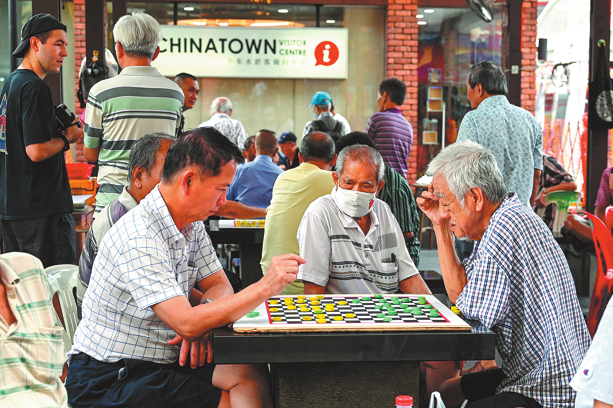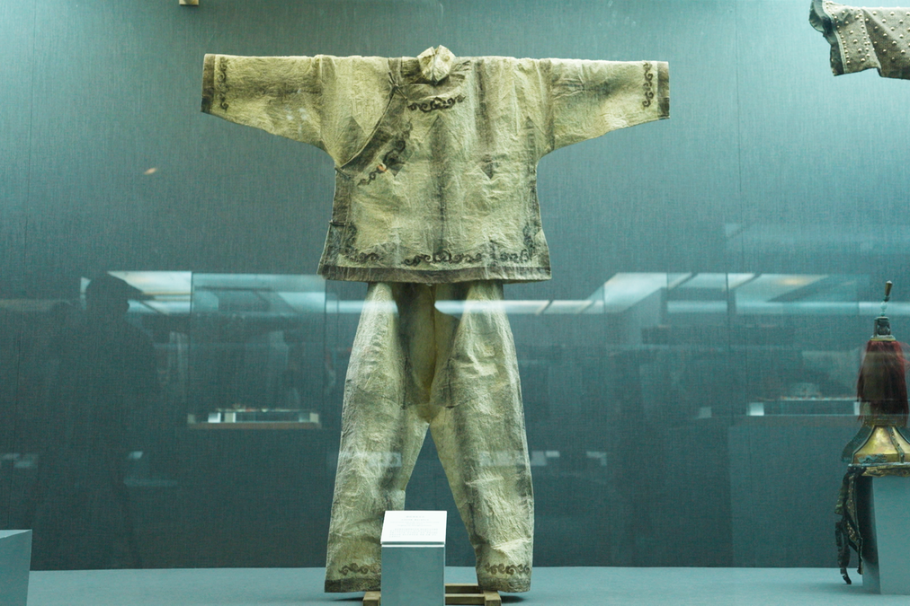Maritime museum witness exchanges
Xinhua | Updated: 2018-12-01 09:58
BANDAR SERI BEGAWAN-As Brunei and China have enhanced trade and investment cooperation in recent years, more and more Chinese come to visit the country that has a long history of business and cultural exchanges with China.
In Brunei Darussalam Maritime Museum, close to Brunei's ancient capital Kota Batu, a 500-year-old shipwreck witnessed the history of ancient maritime silk road linking China, Brunei and rest of Southeast Asia.
"The history of communication and exchange between Brunei and China can date back to 1,500 years ago and we have many relics and sites, but the Brunei shipwreck is the biggest one," said Dr Karim Osman, an archaeologist and former director of Brunei Darussalam Maritime Museum.
The shipwreck was discovered in 1997 during a geophysical survey, 32 nautical miles off the coast at 62 meters deep. The excavations uncovered 13,261 artifacts, of which the majority were ceramics from China, Thailand and Vietnam.
Based on the ceramics found, the shipwreck is dated to late 15th to early 16th century. It is believed that the ship originated from China or Southeast Asia and have sunk due to foul weather or overloading.
The Brunei shipwreck marks the most important discovery in Brunei's maritime archaeological history. This discovery revealed crucial information on the role of Brunei in maritime trade in the late 15th to early 16th century.
Karim said the most important artifacts found in the shipwreck are 4,565 blue-and-white porcelains from Jingdezhen of China's Jiangxi province, accounting for one third of all the artifacts.
All those porcelains are displayed behind the glass shield, but visitors can still see the details of blue and white decorative pattern, and vivid birds and flowers. Many of them are covered with remains of maritime creatures, but a few are as clean as newly made in modern times.
"This porcelains were transported by river from Jingdezhen to Quanzhou, a major port in China's coastal Fujian province, and then shipped out to Southeast Asia, including Brunei," the archaeologist said.
"We also found a tomb of Chinese official named Pu Gong, who lived during the Song Dynasty (960-1279) and died in Brunei. It means the trade and communication between the two countries started over 1,000 years ago," he added.
Outside the museum entrance, visitors can easily find the Brunei River flowing northeast to the Brunei Bay in the South China Sea.
"When the tide ebbs in the river, we can even see some porcelains glittering under the river channel. The ancient Brunei capital Kota Batu had a port along the river and a lot of ships had run between China and Brunei. The shipwreck is not the only one, I believe many still remain undiscovered under the sea," he said.
Karim pointed to a hill behind the museum and said that near the Kota Batu historic site, even now people can still find porcelain pieces, as the ancient people in the capital used many Chinese porcelain in their daily life.
"It is widely known in Brunei that one of our ancient sultans, the Abdul Majid Hassan was buried in Nanjing of China after he passed away during his visit to the Ming Dynasty (1368-1644) in 1408 with a son and two daughters," he said. "The Ming emperor sent his son back to Brunei with a tablet moaning the Brunei sultan, but the tablet was lost and should be buried near this hill," he said, marveling the long history of ties between the two countries.
























